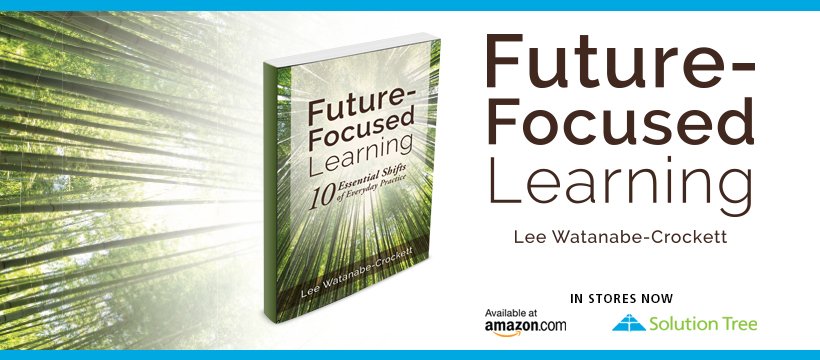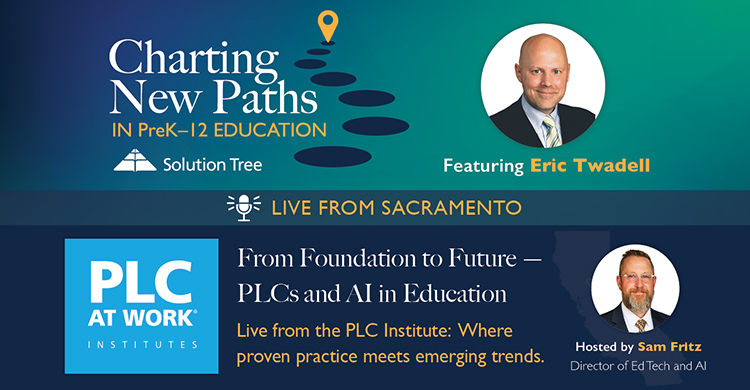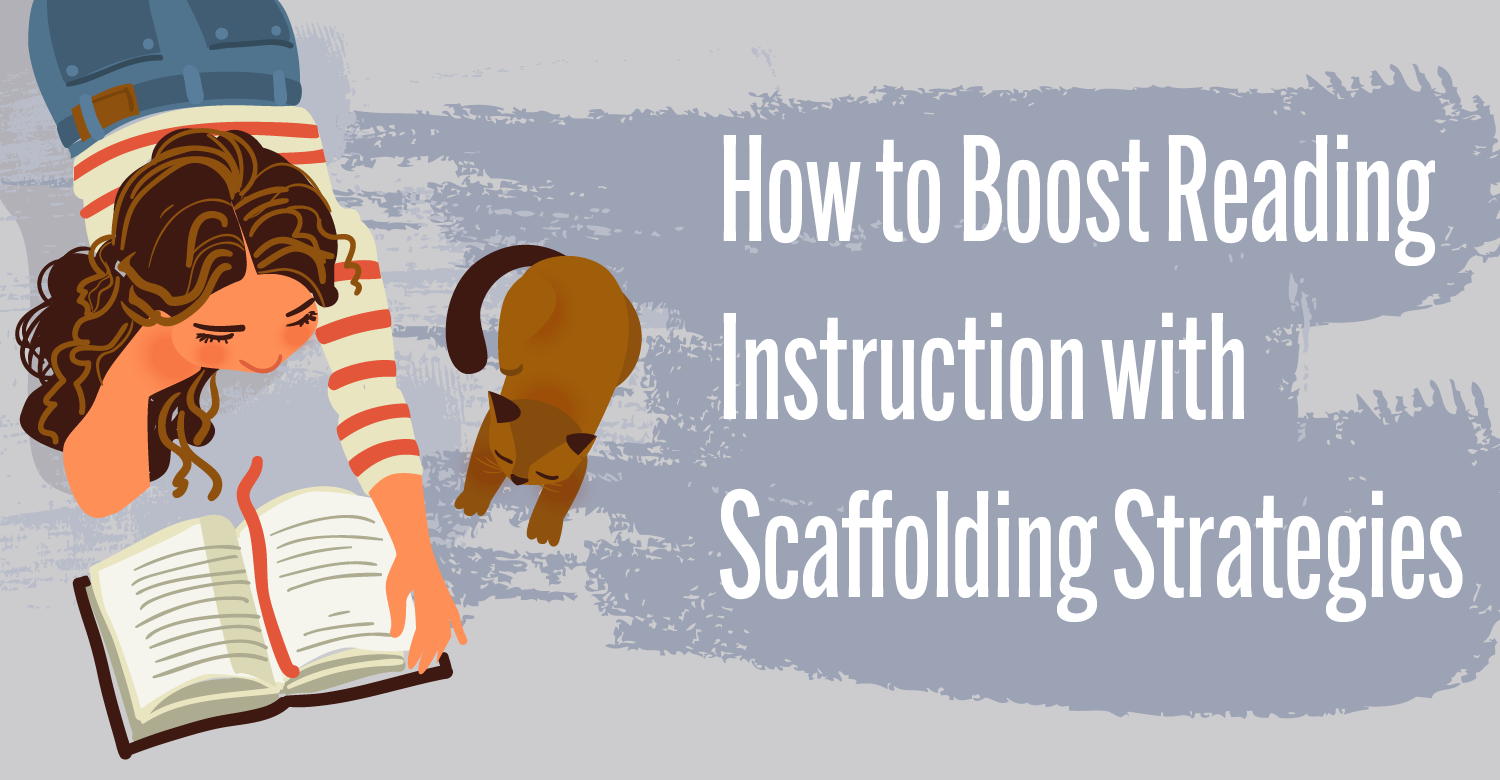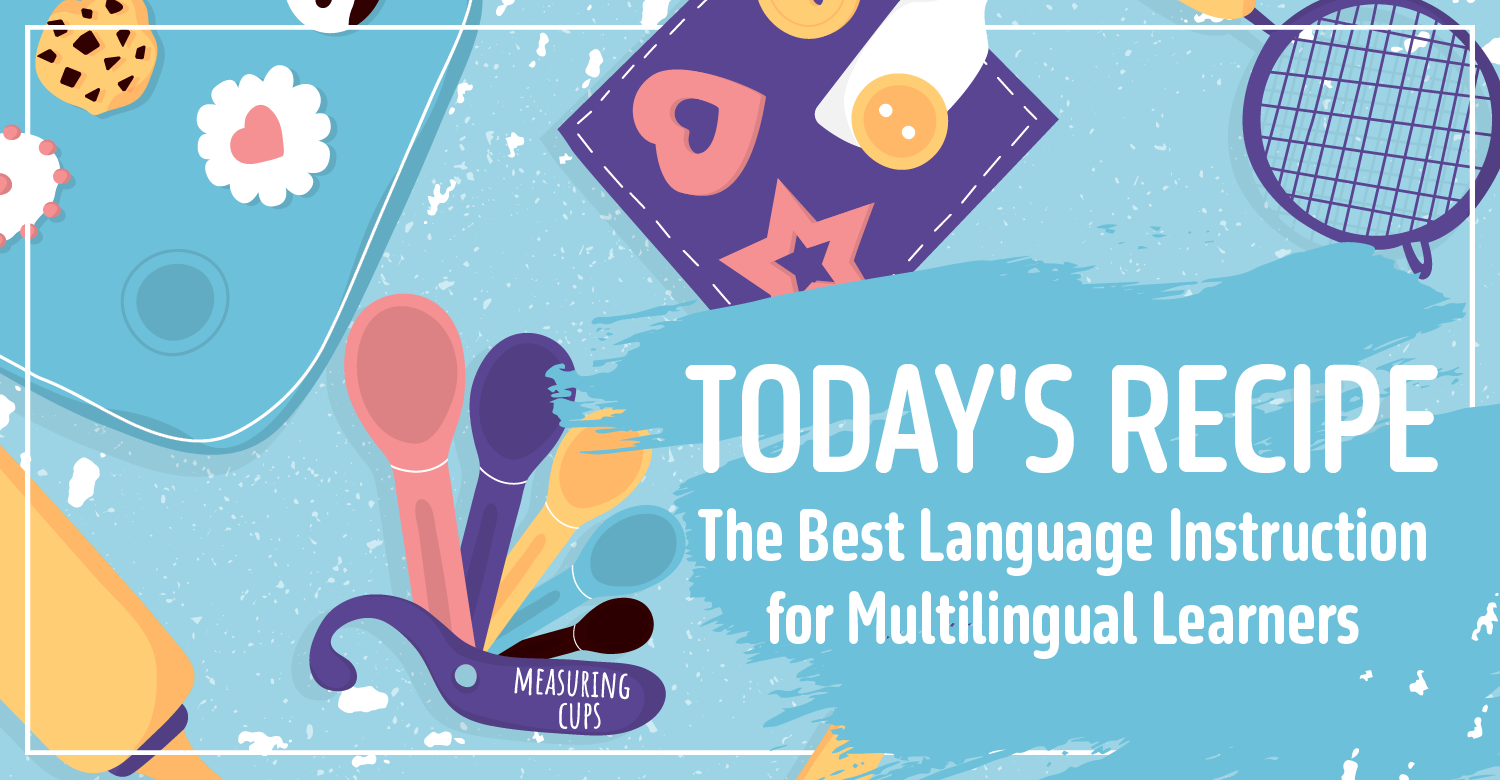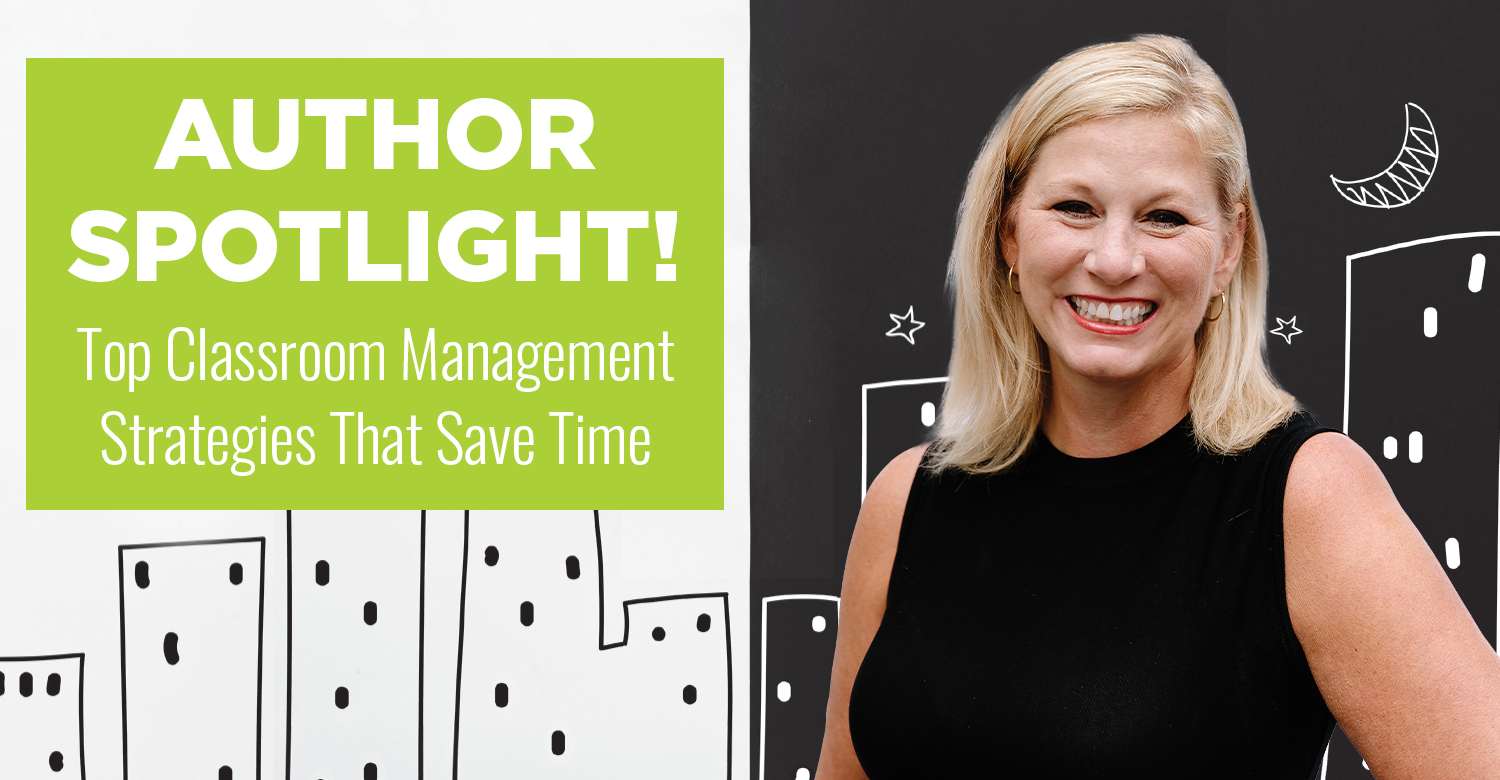Based on Future-Focused Learning
Learning is, and always has been, a very personal experience. Nevertheless, personalized instruction is a topic that raises many questions. As it turns out, there’s a very good reason for this.
When you look at the very idea of personalized learning as a teacher, it’s admittedly daunting and looks, on the outside at least, like a huge undertaking. Whether or not it’s possible is even further measured against the reality that there can be dozens of students in one classroom and hundreds or even thousands in a single school.
How can we accommodate this? How do we align achievement of learning outcomes with diverse student needs? How does a teacher navigate learning, cultural, and economic diversity? How can we get 100 percent of our students to the finish line properly?
Let’s take a breath and begin at the beginning by framing a perspective on personalized instruction below. Here’s what it is and isn’t.
Personalized instruction is:
- A design focused on patterns of student need
- A response to learner variance
- A versatile approach to instruction that can take many forms
- A student-focused way of looking at teaching and learning
- A balance between the needs of teacher and student
- A desire to give every student a chance to succeed
Personalized instruction isn’t:
- Incompatible with standards and testing
- More work for some students and less for others
- An approach that makes students lazy or dependent
- A fancy term for individualization
- Just another form of group instruction
The Characteristics of Personalized Learning
Now let’s continue our exploration of how learning can be personalized by looking at some of its characteristics. Personalized learning:
- Is tailored to the learner’s interests and capabilities in a way that connects to curriculum
- Offers relevant tasks that encourage a shift of responsibility for learning to the learner
- Is paced to accommodate the learning speeds and styles of every child
- Can incorporate technology to successfully connect to learners’ interests
- Utilizes formative assessments that can include both self- and peer-conducted methods
- Allows students to take a certain amount of control over what they learn and how they learn it
Versatility in Personalized Instruction
Now here’s even better news—personalizing learning is much simpler than you think. The biggest fear teachers have about the idea is the impending workload. However, the fact is we aren’t talking about writing a specific lesson for each individual or devoting a prescribed amount of one-on-one time with each learner. The beautiful truth of personalizing learning is that it can happen anywhere, anytime, and in many different forms.
Teachers can personalize:
- Tasks
- Learning processes
- Research
- Assessment
- Evidence of learning created
- Roles in collaboration
- Any combination of the above
4 Ways To Create Personal Learning Moments for Learners
Teachers are expected to find ways to make personalized learning moments a regular occurrence in classrooms. No matter the student, grade, subject, or skill level, they must be made to happen as much as possible. The pursuit of mastering critical-thinking and problem-solving skills demands it.
Here’s the good news: as a teacher, you can make personal learning moments an everyday discovery for your kids. You just need to know how. The strategies below are simple in theory. Practice and application take patience and a willingness to adapt and to vary approaches quickly. You may already be doing these things with your students. If so, you’re no stranger to the joy of witnessing personal learning moments happen every day.
Encourage reflection before response
Go ahead and ask some tough questions, and then give some time for consideration. A surefire way to prompt deep thinking and personal learning is to give students time to reflect on challenging questions.
Each student will consider and internalize challenges in a different way. They’ll connect to personal memories and knowledge to find relevance in a question. It’s a process the teacher is in a perfect position to guide his or her pupils through.
Focus on students’ interests
This is where creativity comes into play. Personal learning moments happen when students answer challenges in ways they connect with. Everything from traditional artistic self-expression to building answers with technology happens here. Whatever medium excites the student can elicit personal learning experiences.
For instance, instead of writing an essay, students can demonstrate understanding by building a web page or designing a poster infographic. They can connect to an issue by developing a filmed documentary or collaborate on a Google doc with students near and far. There are also other tools students can collaborate with. In this process, their learning becomes “sticky” learning. In other words, it is remembered and valued well into the future.
Embrace differentiation
Traditional teaching once had all students learning the same thing at the same pace. The more advanced students would have to wait while others played catch-up. The slower students were forced to stress and struggle to reach the pack. Finally, there was always the group in the middle, and it was this group teachers would focus on. Fortunately, differentiated learning has changed all that.
Adapting to learners’ needs creates a rich environment for personal learning moments to take place. A preassessment will help teachers figure out where students are before moving forward.
Teach with enthusiasm and passion
Passion with purpose doesn’t just translate to loving what you do. It also encourages others to do the same, and this is certainly true in the classroom. Getting students excited about learning starts with a classroom teacher.
When you teach a subject with passion, students take notice. They wonder what all the excitement is about. They get caught up in a subject that’s taught creatively and inspirationally. Student engagement once again lays the groundwork for outstanding personal learning moments.
[author_bio id=”235″]


